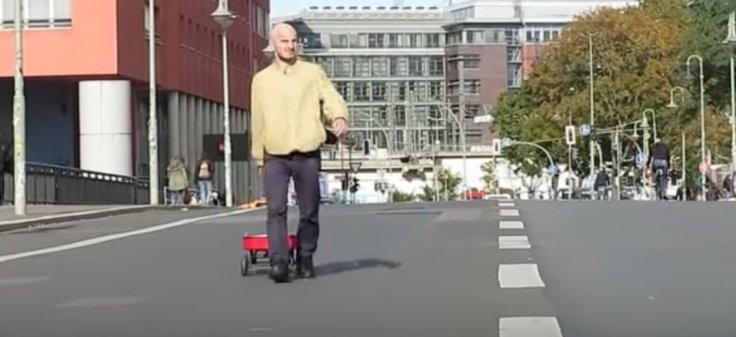Many of us rely on Google maps to chart the fastest course to our destinations every day. To a large extent, the service has served as a reliable source for our cartographic needs. However, a Berlin-based artist claims to have fooled Google into believing in the existence of a 'virtual traffic jam' that did not translate into a real one in the physical world.
How did he accomplish this? With 99 phones and a little red hand cart, along with some energy spent on dragging it across the city of Berlin. The artist, Simon Weckert, released a video where he can be seen pulling the cart containing the phones and walking down the roads of the German city.
Creating a virtual traffic jam

Weckert piled the phones in a handcart and dragged it across the city. The logic was simple. All the 99 phones were showing their live location and reporting their movements to Google's servers.
Based on this information, the map service assumed that a large number of vehicles were moving at a slow pace, causing traffic congestion. Naturally, Google maps must have 'assumed' congested slow-moving traffic and suggested alternate routes to the users of the service.

"99 second-hand smartphones are transported in a handcart to generate virtual traffic jam in Google Maps. Through this activity, it is possible to turn a green street red which has an impact in the physical world by navigating cars on another route to avoid being stuck in traffic," wrote Weckert in a tweet sharing the link to the video.
Google responds
Incidentally, the so-called hack comes just days before the 15th anniversary of Google Maps. It is not certain whether the virtual traffic jam is a legitimate hack of the service or a hoax.
However, 9to5Google reported that a spokesperson for Google had made a statement to the website about the event. "Whether via car or cart or camel, we love seeing creative uses of Google Maps as it helps us make maps work better over time," a spokesperson said, according to 9to5Google.









